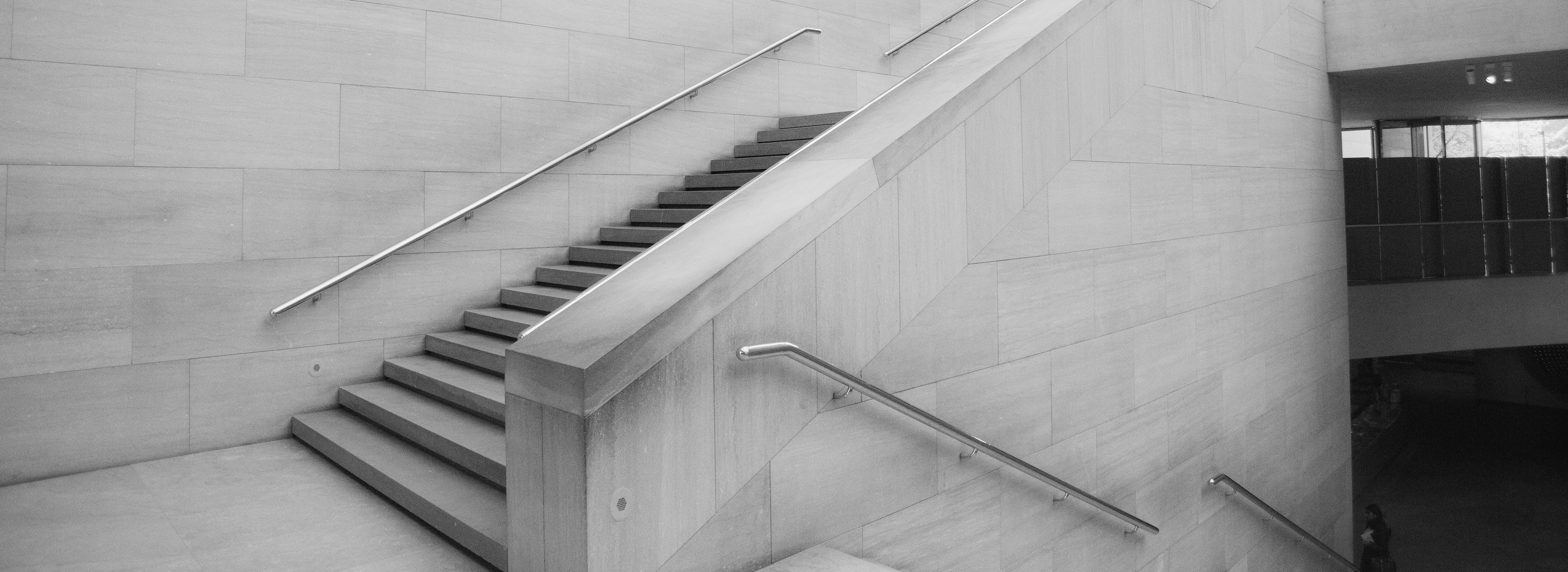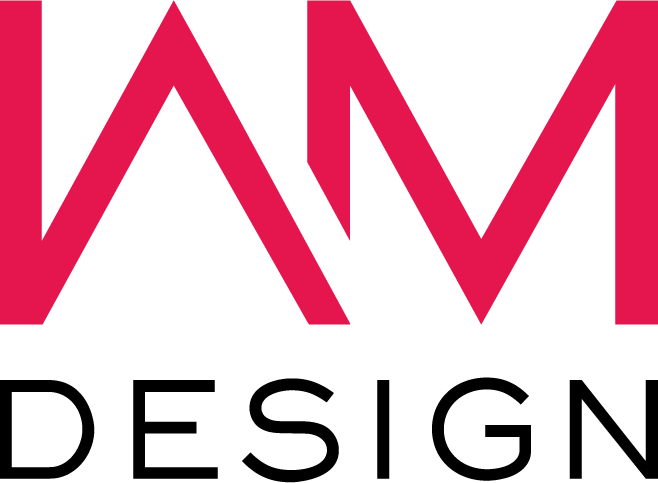Homepage / About
IAM DESIGN
Systems in stainless steel, carbon steel,
aluminium and glass for architecture.
About us
IAM Design is a leading Italian brand in the design and production of systems for railings, stairs and canopies in stainless steel, carbon steel, aluminium and glass.
Every year, we manufacture elements to create more than 200,000 meters of railings.
“Designing metal is a life purpose for us.
Creating product culture, through a continuous dialogue between past, present and future.”
The materials used are environmentally sustainable and represent the raw materials of the collection. The production cycles take place within our production areas, which are powered by a photovoltaic system that guarantees total energy needs.
The goal of IAM Design is to continue to develop its own design culture and production technology, in order to offer proposals that are functionally innovative, aesthetically exclusive and able to ensure maximum reliability and safety over time.Certifications
We are on the constant
lookout for quality and
innovation
Thinking in terms of certifications has now become a consolidated practice for IAM Design. The company’s commitment is characterised by its constant search for quality and innovation in both the technical and procedural fields. In fact, IAM Design has obtained the necessary product certifications for a wide range of our items, thus reaffirming the high quality of our products and at the same time protecting the safety needs of customers.
The EN 1090 standards are European standards that regulate the fabrication and assembly of steel and aluminium structures and are recognized by the Construction Products Regulation. EN 1090 comprises three parts:
EN 1090-1: Requirements for conformity assessment for structural components (CE-Marking)
EN 1090-2: Technical requirements for the execution of steel structures
EN 1090-3: Technical requirements for the execution of aluminium structures
EN 1090 replaced the nationally applicable regulations, e.g. in Germany DIN 18800-7 and DIN V 4113-3
The acronym ISO 9000 identifies a series of regulations and guidelines developed by the International Organization for Standardization.
(ISO), which define the requirements for the implementation, in an organisation, of a quality management system, in order to conduct business processes, improve effectiveness and efficiency and in the creation of the product and service delivery, to obtain and increase customer satisfaction.The acronym ISO 14001 identifies an environmental management standard (EMS) that establishes the requirements of an “environmental management system” of any organisation and is part of the ISO 14000 series developed by “ISO/TC 207”.
The standard can be used for certification, for a self-declaration or simply as a guideline for establishing, implementing and improving an environmental management system. The ISO 14001 standard, now in its third edition in 2015, is explicitly inspired by the PDCA (Plan-Do-Check-Act) model, also known as the Deming Cycle from the name of its creator, William Edwards Deming. An extensive guideline is contained in ISO 14004, which sets out the principles, systems and support techniques for EMSs. A more concise “use guide” is contained in ISO 14001:2015 itself. In February 2012, the new revision of the standard started (14001:2015 “Environmental management systems”), which ISO (International Organization for Standardization) published on 15 September 2015.certifications
and test reports
IAM Lab
“Our products have always been designed and manufactured to offer the highest level of quality and safety, because we want to be sure that they live up to the function they will perform.”
On request, we can also carry out customised tests even on non-standard productions; after the tests we can provide reports and on request also certifications validated by authorised structural engineers. Contact us for more information.
To verify compliance with specific functional and performance requirements, we carry out a set of tests, measurements, assessments and inspections in our Test Laboratory. Our products are also qualitatively tested before, during and after production by expert and specialised personnel.
1
Resistance to
horizontal stress
This test is performed as indicated by the standard (UNI EN 1991-1-2, UNI 10806:1999, M.D. 14/01/08) which defines a test method to determine the mechanical resistance to distributed static loads of railings, balustrades or parapets of any material. We applied precise horizontal thrusts at the height of the handrail for a certain time. In this way, we managed to precisely identify the breaking load of each product.
2
Tensile
strength
This test is performed as indicated by the regulations: UNI 10808:1999, which defines a test method to determine the mechanical resistance to static loads concentrated on the panels of railings, balustrades or parapets of any material. UNI 10809:1999, which establishes the dimensional characteristics and mechanical performance of prefabricated railings, balustrades or parapets, depending on their intended use and their installation environment.
3
Impact
resistance
This test is performed as indicated by the regulations, making a moving body impact with a glass supported by the Glass U profiles, hitting it in the most critical point of its structure. The pendulum made with a weight of 50 kg, is 1.5 m long and travels 30° from the moment of release to the moment of impact with the glass: UNI EN 12600:2004, which specifies a method for the pendulum impact test of single flat glass sheets for use in construction. UNI 1087:1999, which defines a test method to determine the mechanical resistance to dynamic loads of railings, balustrades or parapets of any material.
4
Corrosion
resistance
This test is performed as indicated by the UNI EN ISO 9227:2012 standard which specifies the equipment, the reagents and the procedure to be followed to carry out the neutral salt spray (NSS), acetic salt spray (AASS) and copper accelerated acetic acid salt spray (CASS) tests, in order to evaluate the corrosion resistance of metallic materials, with or without permanent or temporary corrosion protection. The products are placed in a chamber that nebulises a 5% NaCl salt solution with a pH between 6.5 and 7.2 at a constant temperature of +35° C. Duration of test: 120 hours.



Systems in steel, aluminium and glass for contemporary architecture